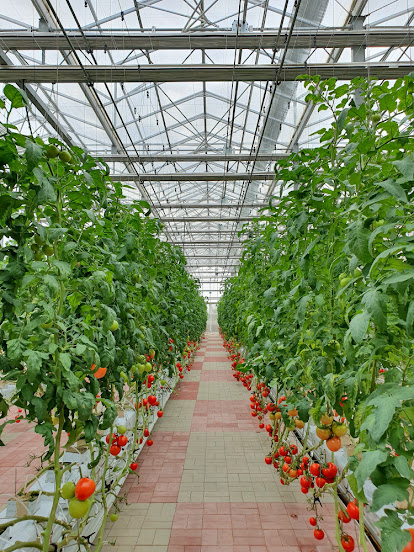In indoor commercial gardening, LED grow lights are a transformative tool, enabling year-round cultivation. Yet, optimal use is crucial. One key factor is preventing light burn and deficiency, which can impede growth and yields. Discover essential practices to manage LED grow lights effectively in this article.
Understanding Light Burn and Deficiency
Light burn and insufficiency are two manifestations of the same problem that result from insufficient exposure to light. Light burn happens when plants are exposed to too much light, which causes stress, wilting, and even leaf bleaching. On the other hand, inadequate light exposure results in light deficit, which results in extended stems, sluggish development, and low yields.
Choose the Right Light Intensity
Selecting the proper light intensity for your crop is the first step in avoiding light burn and deficiency. At various growth phases, different plants require different amounts of light. Determine the lighting requirements for your particular crop and adjust the LED grow lights' intensity accordingly. A common feature of contemporary LED systems is the ability to dim, giving you flexibility in adjusting the light output.
Implement Light Schedules
Key is consistency. Establish a regular lighting schedule that corresponds to your plants' daily day-night cycle. With this schedule, photosynthesis is optimized for better growth while also reducing stress caused by abrupt light changes. Automated timers can help you keep these routines in place and make sure your crops get the proper amount of light each day.
Monitor and Adjust
In order to avoid light-related problems, routine monitoring is essential. Pay special attention to how your plants react to the LED grow lights. It may be a sign of light burn if you observe stress symptoms like drooping leaves or discolouration. To reduce stress, move the light away from the plants or reduce its intensity.
Uniform Light Distribution
It is crucial to provide even lighting dispersion across your growing space. Hot patches can cause uneven development and light burn, whereas deficiency may occur in low-intensity zones. It will be easier to attain constant coverage if your LED grow lights are positioned and spaced properly.
Regular Maintenance
Like every piece of equipment, LED grow lights need upkeep. Regularly clean the light fixtures and lenses to avoid dust and grime accumulation, which can alter how the light is distributed. Verify for any defective cooling systems or LEDs that can cause uneven light output.
In conclusion, mastering LED grow lights for indoor commercial gardening involves a deep understanding of light intensity, spectrum, and plant requirements. By choosing the right intensity, implementing consistent light schedules, monitoring closely, and maintaining your equipment, you can effectively avoid light burn and deficiency, ensuring healthy and bountiful yields from your indoor crops.

Comments
Post a Comment